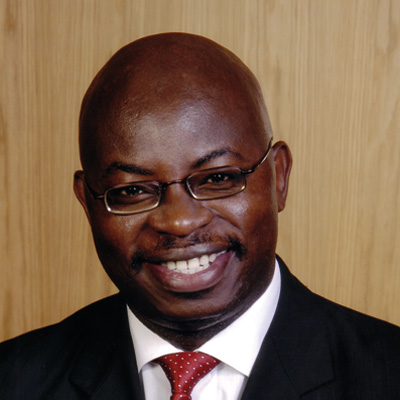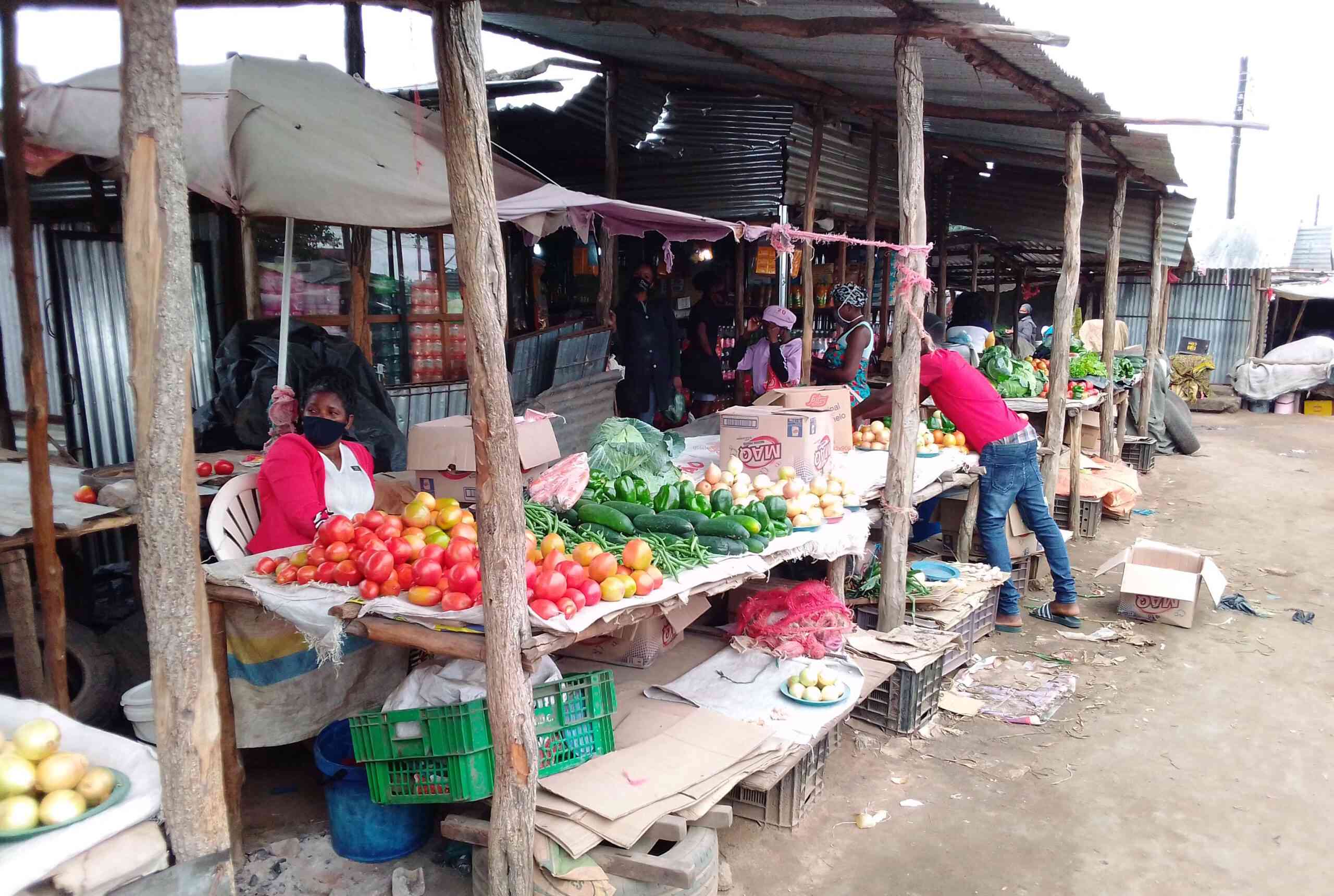
Growing in a shrinking market
The stock-in-trade for banks is money, and when there is progressively less of it to go around, competition for it is bound to intensify.
FINANCIAL SECTOR SPOTLIGHT with Omen Muza
Falling commodity prices mean that there will be less liquidity coming into the country, since Zimbabwe relies significantly on export of primary commodities, and the drought situation means more money will be going out of the country in exchange for grain and other food imports.
For marketers, their work is cut out for them — to ensure that their institutions enjoy a bigger or at least standstill share of a shrinking cake.
The cake is also getting smaller in no small part due to dwindling disposable incomes, as people lose jobs, so any growth of market share will have to take place in the context of a contracting overall market.
But that’s not to say growth will no longer be possible — it will still be possible, but will have to be at the expense of someone else.
The big question in banking is: Are there growth markets somewhere, anywhere, out there waiting for banks to swoop on them?
- Chamisa under fire over US$120K donation
- Mavhunga puts DeMbare into Chibuku quarterfinals
- Pension funds bet on Cabora Bassa oilfields
- Councils defy govt fire tender directive
Keep Reading
Maybe, but before I explore such areas of potential growth, let me sound a note of caution to marketers.
Paradigm shift needed
Folks, gone are the days when customers could easily be swayed or snared by a few high sounding words. In this dollarised environment, it is all about the value proposition on the table in exchange for the customer’s hard-earned money.
Marketers will have to realise that it’s less about their sophisticated (and often cryptic) messages and more about the underlying products, and the solutions they offer.
It’s all about getting closer to the clients and offering them increased convenience at affordable costs.
Marketers must step back and disengage from the usual habit of self-praise.
Instead of the long puff pieces about how good your own products are, let those who use them — your customers — say how good the products are.
People like to hear the good experiences of others, and usually get influenced positively themselves.
My view is that if you really want to improve, you must find ways of giving customers the opportunity to praise or trash your products — only then can you begin to earn their trust, and eventually, their brand loyalty.
You have to be brave (and honest enough) to accept both bouquets and brickbats in equal measure.
Do you really want to find out what customers think about your institution and your product? Of course you do! So, what are you waiting for?
Instead of sitting in your plush office and drinking copious amounts of tea, go out there and get your hands dirty! Ask those standing in a queue at your branch what they think and how you can improve or go to one of your branches unannounced and experience your own products.
You will be surprised, not only by what you encounter, but what you can achieve if you pay enough attention.
If you want to tell your customers what’s good for them, you have to be willing to walk a mile in their shoes. Think about how you can empower, enable and engage your customers.
Can any of these three happen while you are sitting in your office? Can it happen when you don’t use your own products?
Now, let’s talk about where we can find pockets of opportunity for banking institutions.
Tapping into the unbanked market segments
For a while now, it has been said that the money has retreated to the nooks and crannies of the informal markets; although no one has ever been able to tell us exactly how much is hiding there.
So, without thinking too much, this is a natural starting point for anyone wanting to grow their financial services business.
As a marketer, I would be keen to know what products the company has developed, is developing or intends to develop in order to satisfy the needs of those who would rather keep their money outside formal banking channels. They need some convincing.
Closure of correspondent bank accounts: What’s the bright side?
The closure of United States dollar nostro accounts by some correspondent banks means that some local banks will lose the ability to process international payments in the US dollar currency, at least until they restore relationships with new partners.
For those not affected by this development, it can be an opportunity to attract new business.
As a marketer, what message do you craft to attract these new customers on the basis of real value offered, without merely capitalising on (and even celebrating) the misfortunes of your peers in the market?
Grain imports: What part do you play?
It is now all too clear that we have a drought situation on our hands and the country will have to import tonnes of grain worth millions of dollars in order to feed its people until the next farming season.
As a marketer, I have to be aware of what part my organisation can play in the value chain for grain imports. Are we solving, at least one problem there, or are we just watching?
Yes, importing grain when we can grow it is not in itself something to celebrate, but now that it has become necessary for us to do so, we might as well make some clean honest money doing it, can’t we? Are we playing a funding role or a payment processing one role or both?
Omen N Muza edits the MFSB. You can view his LinkedIn profile at zw.linkedin.com/pub/omen-n-muza/30/641/3b8 or initiate contact on [email protected].











